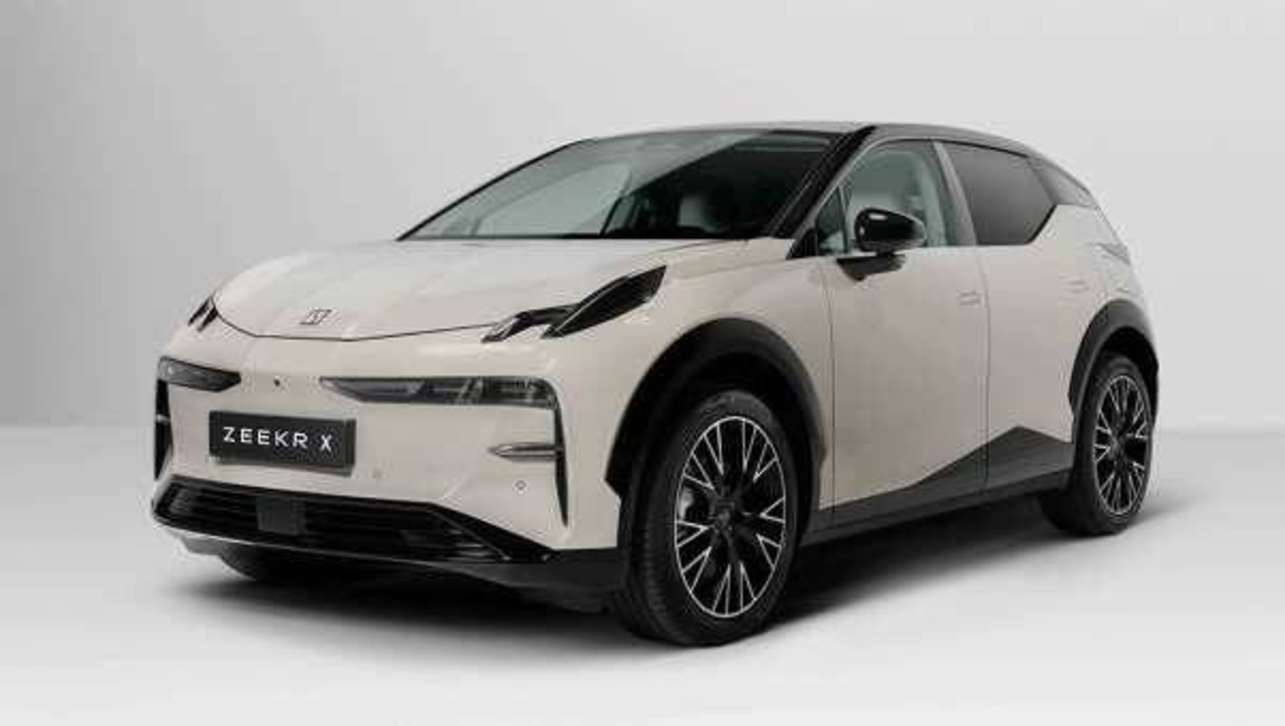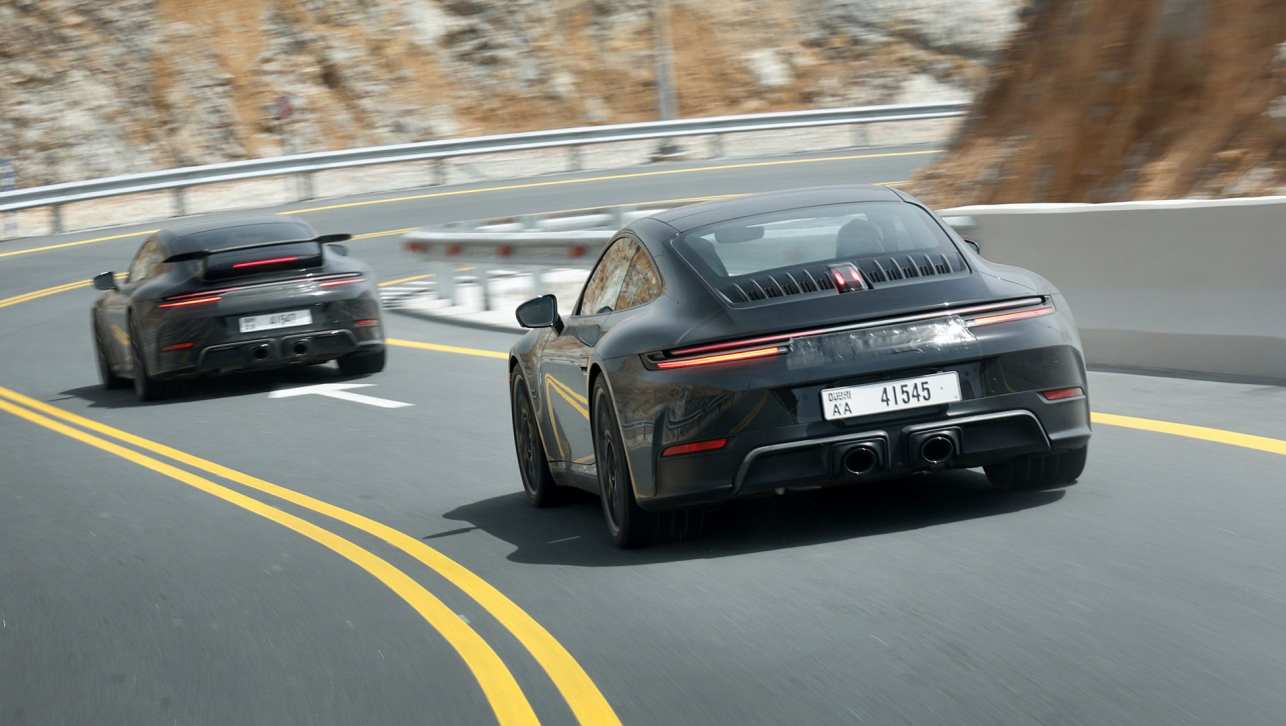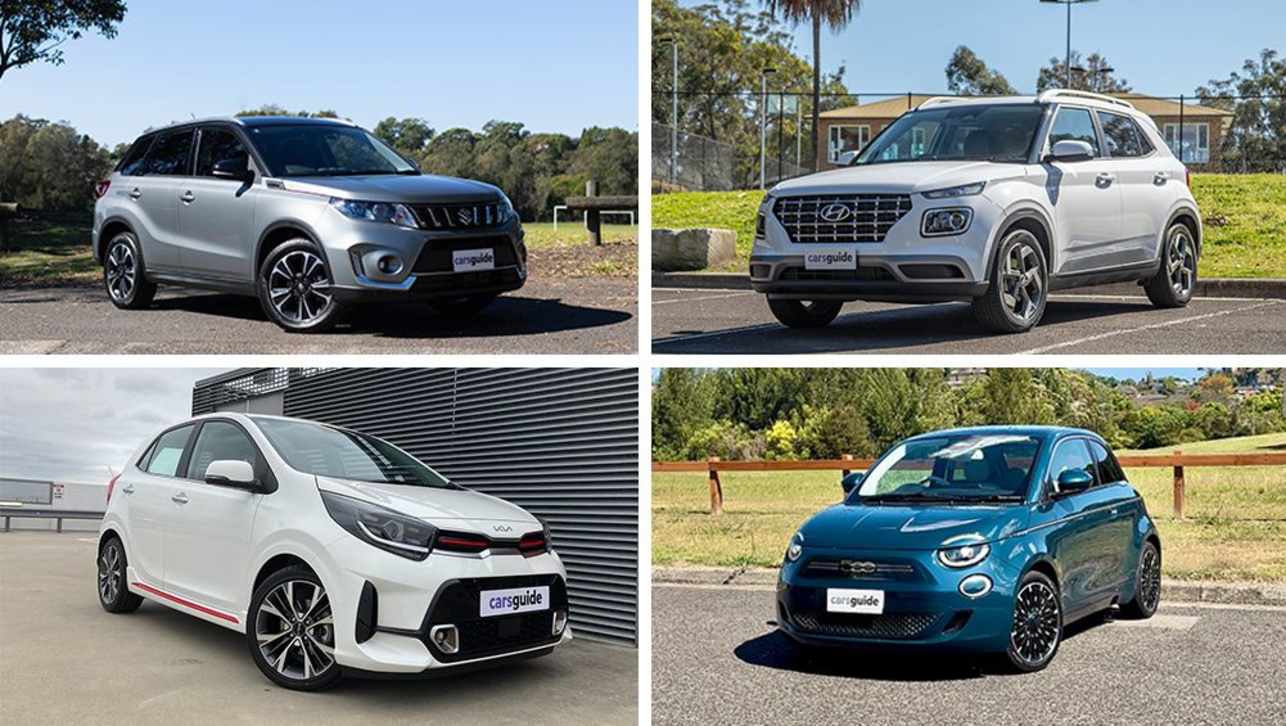There are few hot-button topics in Australia quite like real estate. It divides opinions, fuels fights on social media, and, depending on who you ask, the housing affordability crisis is either one of the greatest problems facing the country, or a fictional phenomenon invented by lazy youngsters who’d rather spend their dollars on Deliveroo and a streaming subscription than a colossal house deposit.
But regardless of where you stand, the objective numbers are hard to avoid. The latest census revealed that more and more of us are turning to apartment living as the price of detached housing becomes unattainable in inner-city areas. According to the Australian Bureau of Statistics, 29 per cent of Australian households now live in apartments or townhouses, with the uptake of apartments alone accounting for 30.9 per cent of all new dwellings built between 2016 and 2021.
And that naturally has an effect on the kinds of cars we drive. Have you ever taken a walk into your typical high-rise parking structure? Depending on the, ahem, generosity of the developer, parking spaces are either barely adequate or not at all suitable for the vast majority of cars. If you’ve got a small hatchback like a Toyota Corolla or Hyundai i30 you’ll probably cope, but guess what? The top-ten of the sales charts are usually dominated by utes and SUVs, with the latter usually being of the mid-size or larger variety.
Apartment developers seem blissfully unaware, instead thinking that most of their residents will be parking a Barbie Power Wheels or Little Tikes Cosy Coupe in their allocated rectangle of concrete. Some will even commit the extra dirty act of plonking a storage cage within the parking area, further crimping vehicle space.
And it’s not like townhouses are much better. Many will have a microscopic single-car garage tacked onto their frontage, with barely enough width to open a door wide enough to shimmy inside. Little wonder many townhouse denizens elect to treat these garages as supersized junk closets and park on the street instead.
Units on subdivided quarter-acre blocks also tend to have the most bizarre geometry to their driveways, making it a chore to reverse into or out of your parking spot even if you don’t own something as massive as a Ford Ranger or Toyota HiLux.
.jpg)
So what’s the answer? The most sensible one would be to introduce a minimum standard for parking spaces that actually works for the cars that we drive, but that doesn’t help those who are already living in apartments, units and townhouses with inadequate vehicular accommodation, and let’s face it – anything that might result in a developer generating slightly less money per square metre of floorspace will be resisted at all costs.
Rather, it seems that as society starts to shift toward smaller domiciles, so too should we be shifting to smaller cars – which is a bit of an issue given carmakers have been steadily subtracting light cars from their Australian showrooms, or pricing them deep into the $20K-plus region. Thankfully, there’s ample supply of microcars, city cars, kei cars – whatever you want to call them – overseas that could serve Australian apartment-dwellers rather well.
From Europe, the two-person Citroen Ami definitely pushes the size envelope. A pint-sized EV measuring just 2.4 metres long and 1.3 metres wide, it’s technically not even a car – in Europe it’s classified as a quadricycle, meaning adults can drive it without any form of driver’s licence. Though it’s limited to a 45km/h top speed, if all you need is something to zip through the CBD to grab a baguette or two it should be more than sufficient. The Renault Twizy also falls into this category, but is more like an enclosed quad bike than a car.
.jpg)
Europe also has enticing options like the Smart Fortwo, Renault Twingo and Toyota Aygo, though all are showing their age. Over in Asia, however, there’s much fresher product to choose from.
Chief among these is the Hyundai Casper, a 3.6-metre long compact crossover with space for four and appealingly chunky styling. A fleeting taste of it during a visit to Korea was enough to get us frothing at the mouth, with the tiny Casper judged to be something that could provide Hyundai Australia with a true analogue to Kia’s Picanto and Suzuki’s Ignis – which along with the MG3 and Kia Rio are the only remaining sub-$20k apartment-compatible compacts in this market.
Things get truly interesting when you hop over to Japan, because that country has a thriving microcar market that’s been fuelled by a combination of high taxes on large vehicles, small property sizes and atrocious wage growth since the 1990s.
.jpg)
As a result, the ‘kei car’ category is stacked with options, from off-roaders and performance cars to passenger-centric boxes with power sliding doors and other dashes of luxury, to commercial trucks and vans.
With size limited to just 3.4 metres long, 1.48 metres wide and 2.0 metres tall, kei cars are a cinch to park in even the most microscopic car spaces, yet, thanks to brilliant packaging, are often able to provide better passenger space than vehicles that are considerably larger. The only downsides are power outputs that are limited to just 47kW, as well as questionable crash safety thanks to minimal crumple zones. Even so, as around-town grocery-getters they’re pretty much ideal.
But will Australians be willing to sacrifice vehicle size in exchange for something that will mesh better with their housing of choice? Some probably will, but then again some probably won’t. When your car is the best means of getting away from the tiny shoebox you call home, many are probably not going to want to make that vehicle a shoebox as well.




.jpg)







.jpg)
.jpg)



.jpg)
.jpg)



.jpg)
.jpg)


.jpg)


Comments